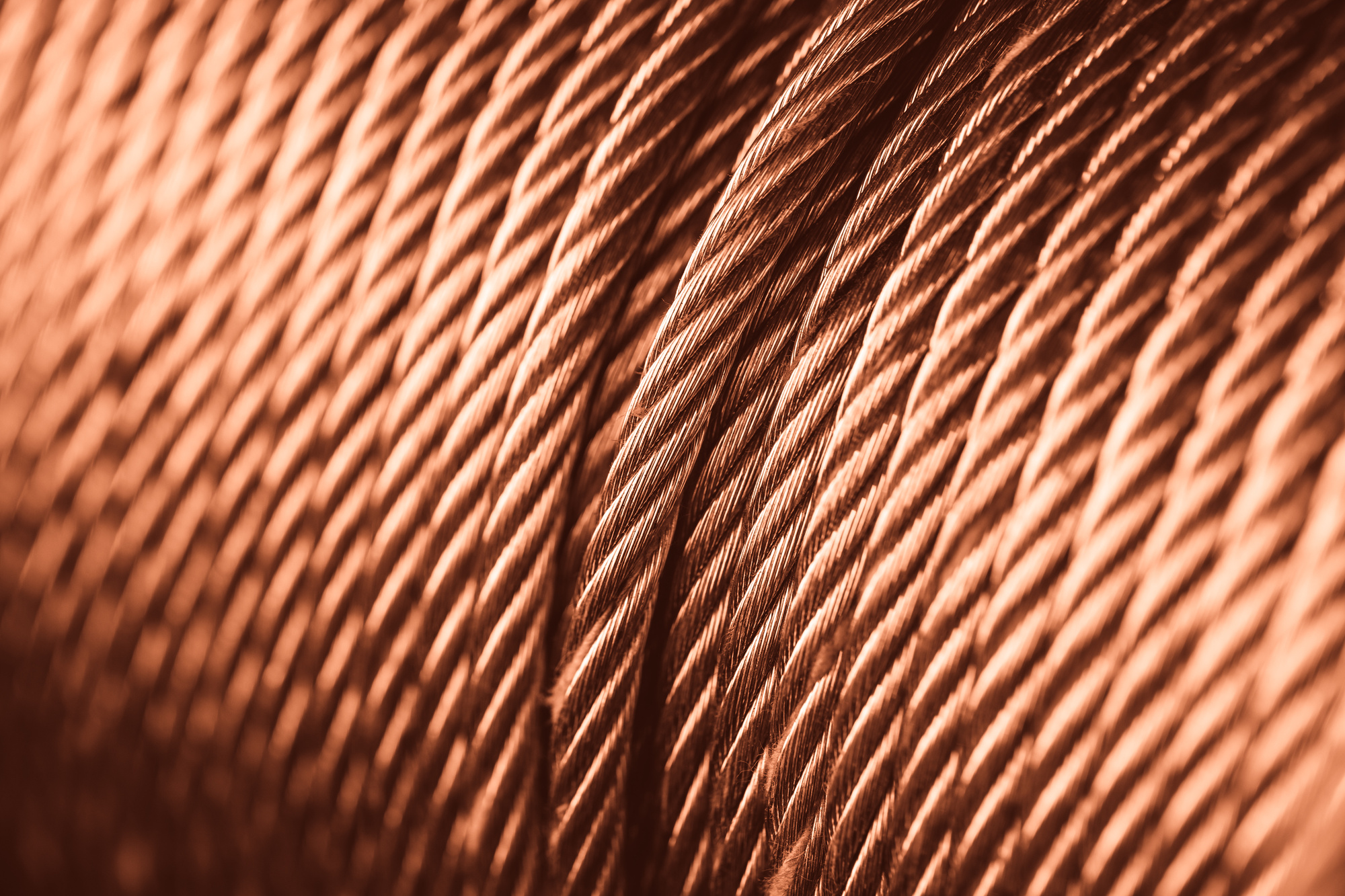Fiber Optic vs Copper Cable: Which Is Best for Your Business?
Every business, big or small, needs a reliable and constant connection to the internet. The digital world never slows down, and neither should you when it comes to delivering for your customers. The adoption rate of fiber vs cable is growing, although the U.S. is still lagging behind on fiber.
This may sound like a decision that is best left to your IT, but every business owner and entrepreneur should know the pros and cons. How they apply to the future of your business can vary in both short and long-term projections. This is a guide to help you better understand the technology behind both copper cable and fiber optic cable.
By the time you finish, you should have much more confidence in your decision and how you are able to serve customers.
A Bit of Science, First
When you hear the name ‘fiber optic’ cable, the “fiber” is actually glass, in this case. Very thin strands of glass with crystal-like purity are bound together to create the perfect vehicle for light. You heard that right, light is what is being transmitted in these cables to deliver information.
Basically, all data consists of is ‘on’ and ‘off’ values. In the case of fiber optics, this is essentially just flicking a switch on and off. Now, in copper cable, this same function is carried out by electrical currents.
Nothing matches the speed of light, although electricity can travel extremely fast, it’s the way it is carried that makes it so slow. Copper cables degrade over time and vary in quality, due to how long they have been in use. The highest grade copper wiring is used within buildings, while the longer stretches down the road are much lower.
The method of delivery and the materials factor in a number of ways, such as the cost of fiber optic cable, speed of fiber optic vs copper, and consistency of copper cable, and more below.
Wider bandwidth
Copper cable can reach some respectable speeds for businesses, the problem is that there is a limit on how much it can carry. If speed were the only factor in broadband, then upgrading would be trivial. Bandwidth, or how much data can fit in a cable at once, is the real handicap.
More bandwidth also translates to faster speeds because more data can be sent at once. Think of it like this: one person can download at 100MBps, but if ten other people jump on that same connection, speeds can be halved or more. Wider bandwidth means more future-proofing, as data demands increase exponentially.
Improving internet speeds is definitely a good way to improve employee productivity.
Distance and Degradation
Without getting too much into the science of how light travels over large distances, it is safe to say that fiber is more reliable vs cable. Losing signal in copper cable is a constant battle. The electric current is sensitive to vibrations, electromagnetic activity, and extreme temperatures.
Fiber optic estimates show that only three percent signal strength is lost over 100 meters. Copper cables need booster modules to prevent packets of data from being completely lost. Every time a packet is lost, the computer needs to request that data all over again, resulting in very slow downloads.
Fiber optic cables often travel 300-400 meters without needing any boosters.
Data Security
Because copper cables transmit seamlessly from computer to computer via an electric signal, it can be easily be tapped. A simple cable splitter and someone can hijack your internet. In contrast, fiber optics cannot be easily hacked.
If a fiber optic cable is tampered with, the entire signal is lost and a warning is automatically issued. The would-be criminal would need to know how to convert that signal for it to be of any use, which most do not. Because of this, fiber optic networks are preferred for their ubiquitous protection.
All your electronics and communications can run over fiber optics without needing to worry about compromised cables.
Fiber vs Cable Durability
As hinted at before, copper cable is susceptible to a lot of outside environmental interference. Electrical charges, radio interference, and temperatures can all affect its ability to carry signal. Fiber optics are naturally insulated from outside signals or electrical charges. If a thunderstorm happens in your area, your signal can become very erratic with cable.
This makes fiber optic cables ideal for businesses in industrial settings or surrounded by heavy machinery. Fiber optic cables are also the only method for carrying data underwater over distances.
Design
Fiber is lightweight, thin, and more durable than copper cable. Plus, fiber optic cable has pulling specifications that are up to 10 times greater than copper cable. Its small size makes it easier to handle, and it takes up much less space in cabling ducts. Although fiber is still more difficult to terminate than copper, advancements in connectors are making termination easier. In addition, fiber is actually easier to test than copper cable.
Cost & Availability
Investing in fiber optic cable is going to depend on a couple different factors: location, competition, and upfront costs. Fiber may not be installed yet at your location. Getting fiber to your doorstep is going to cost a lot of money if it is even feasible.
Businesses will often lobby ISPs to install fiber, but they have to make the determination that there is enough demand. The investment of your time and money in getting fiber installed may be worth the effort if the above advantages will make your business more efficient.
It is also worth noting that long-term upkeep of a fiber line is dramatically lower than a copper cable. Corrosion and other elements do not affect fiber the same way as copper. You could also recover the initial cost by using your upgrade news as a creative marketing opportunity.
Network Upgrades
Outdated networks can pose a potential liability for companies as legacy technologies approach the end of their life. Investment in reliable network technology provides security and upward mobility into the future. It reduces the risk of costly downtime and provides companies with networks that are sure to meet growing customer demands.
Fiber and copper cooperate in a shared ecosystem. There is no motivation behind organizations who are changing their present system can’t grow with fiber optics.
For some, organizations, utilizing fiber as the link for more network systems is the only way they can grow without compromise. CTOs, IT heads and others in charge of spending plans are utilizing fiber optics. They prove that fiber speaks to more noteworthy security and ROI over copper.
New infrastructure at a current or retrofitted office can profit by picking fiber over copper. Fiber optics can be installed by radio or electrical machinery, allowing for much greater adaptability. This is an advantage with regards to putting in new systems in older and shared facilities.
As copper inches nearer to its physical limits, fiber optic innovation has plenty of overhead to outpace that of copper. While the abilities of copper haven’t been pushed to the limit, its points of confinement will keep it from growing. It’s hard to keep up with fiber expansion and coverage at its current rate.
Companies big and small are investing in fiber optic systems and are utilizing it to help the most basic parts of their systems. Entire zip-codes, corporations, government operations, and communications are being carried on fiber optics. Companies like Geocom Inc. make it easy and affordable to upgrade networks.
Of course, if delivering data to the customer is not an issue now, does that mean you should still invest?
Merits to Copper Cable
We end our debate between fiber vs cable with some reasons why you may want to stay with copper. If your situation won’t be able to take advantage of the distance or higher speeds, then copper might work. If your location isn’t surrounded by potential interference, copper might be fine.
If your internet isn’t in a major city or neighborhood line, then you may have no issues reaching the speeds you need. Remember, unless you are experiencing intermittent problems, a jump from 100MBs to 800MBs is negligible. Your TV picture won’t improve, nor will internet video quality, if its set to max.
Fiber optic cable speeds will come into play when you need more people on the network and multiple data streams.
Faster, Better Productivity
Hopefully, this guide has shed some light (pun intended) on the differences between fiber optic vs cable. In an ideal setting, the differences between the two types can be difficult to parse. Consider yourself one of the lucky ones who has perfect cable internet speeds.
For the rest of us, especially when it comes to working from home, fiber optics provide a level of reliability that cable never has. Back in the days when cable and DSL were new, the fast speeds distracted us from the “peak hours”.
For bosses who are trying to strengthen their network, ‘hiccups’ and lag could mean the loss of profits. You don’t have to understand your boss to know that’s going to be a bad day at the office.



